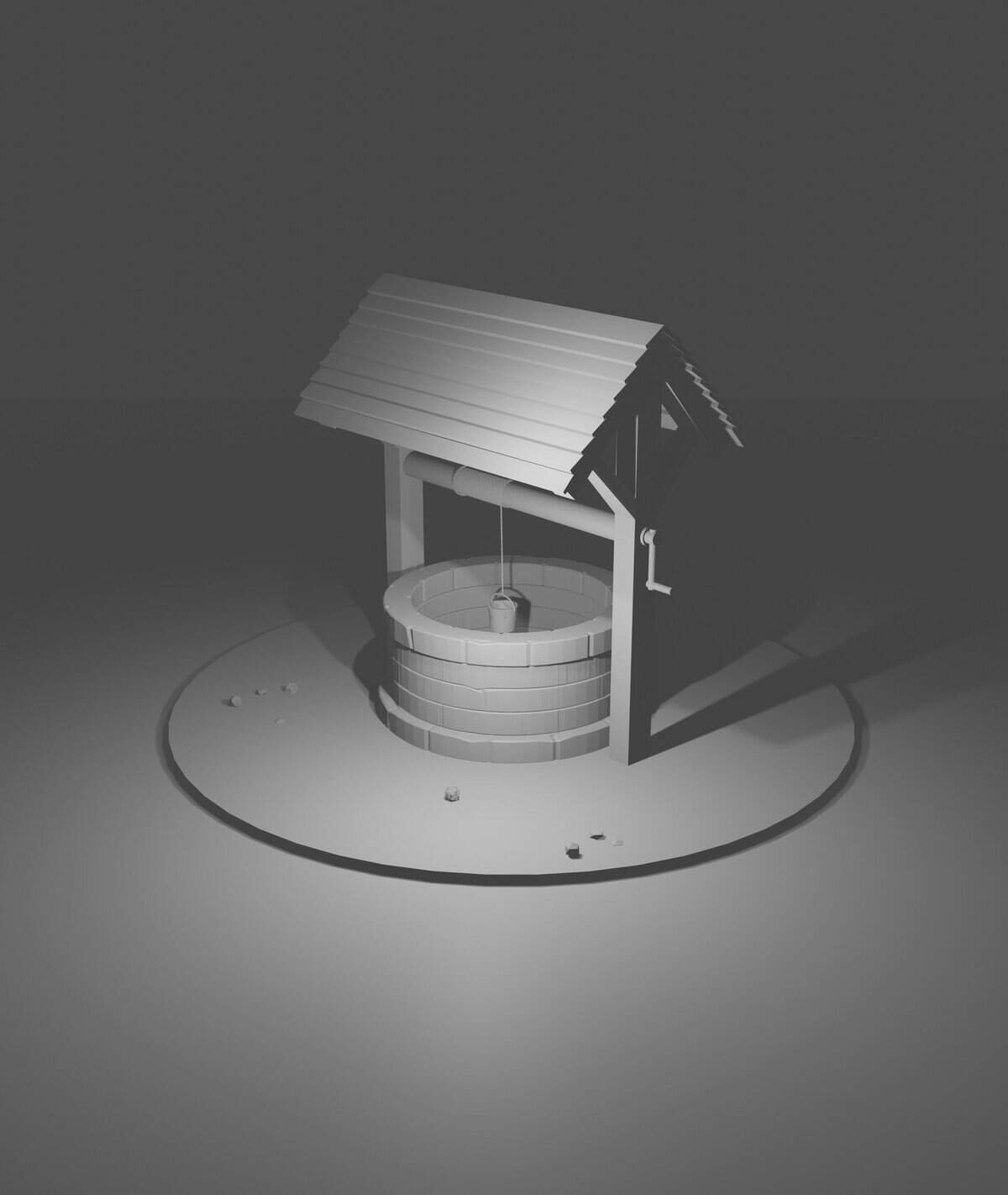Are you on the hunt for genuine success stories around well rehabilitation that could inspire and guide your own efforts? You’re not alone. Many residential well owners are constantly seeking resources and insights to ensure that their water supply remains abundant and uncontaminated. These case studies not only provide a blueprint for tackling various challenges but also offer reassurance that effective solutions are available.

Understanding Well Rehabilitation
Rehabilitation of wells involves a variety of techniques aimed at restoring or enhancing the flow capacity and quality of water from a well. This is particularly important if your well is your primary water source and you’ve noticed declining performance.
Why Consider Well Rehabilitation?
Over time, wells may suffer from decreased yield due to natural sediment build-up, mineral scaling, or biological growth. Rehabilitation tackles these issues, helping maintain efficient water flow and quality. Knowing when and how to intervene can prevent long-term damage and ensure sustainability.
Common Problems Addressed by Well Rehabilitation
- Sediment Buildup: Fine particles can clog the well screen over time, reducing water flow.
- Mineral Scaling: Calcium and other mineral deposits can coat the inside of pipes and screens.
- Bacterial Growth: Biofilm formation can obstruct water passage and affect water quality.
- Corrosion: Over time, metals can corrode, leading to structural failures and contamination.
The Importance of Case Studies
Case studies provide real-world examples of well rehabilitation, offering a wealth of knowledge and practical insights. They highlight both successful techniques and potential missteps, allowing you to learn from others’ experiences.
Benefits of Learning from Case Studies
- Real-World Insights: Understand the challenges faced and the applied solutions.
- Diverse Applications: Discover various methods suitable for different types of wells.
- Cost Management: Estimate expenses involved based on similar projects.
- Performance Metrics: Evaluate the efficiency of different rehabilitation techniques.
Sources for Finding Case Studies
Knowing where to look for reliable case studies on well rehabilitation is crucial. These sources vary from academic repositories to industry publications.
Government and Environmental Agencies
Many government agencies focus on water quality and maintenance, offering a plethora of case studies and guidelines on well rehabilitation. For instance, the Environmental Protection Agency (EPA) provides extensive resources.
University Research Programs
Universities often conduct studies on water systems and publish their findings. Institutions with dedicated environmental sciences or engineering departments are particularly worthwhile to explore. Many publish their research in online journals or through open-access platforms.
Industry Publications and Journals
Tapping into industry-specific publications can provide up-to-date information on techniques and technologies used in well rehabilitation. These can be accessed through sites like the Groundwater Foundation.
Online Databases and Libraries
Online platforms like Google Scholar and ResearchGate are excellent resources for finding peer-reviewed articles and case studies focusing on well rehabilitation.
Consulting Firms Specializing in Hydrology
Companies specializing in groundwater solutions may also provide case studies and white papers demonstrating effective rehabilitation strategies.
Evaluating Case Studies
Once you’ve found potential case studies, it’s crucial to evaluate their relevance and credibility to gain meaningful insights.
Criteria to Assess Case Studies
- Relevance to Your Situation: Ensure the case study addresses issues similar to yours.
- Methodology Rigor: Look for detailed descriptions of methods used.
- Outcome Clarity: Clear results and impacts should be presented.
- Credibility of Authors: Check the authors’ qualifications and affiliations.
Questions to Consider
- What was the initial condition of the well?
- Which rehabilitation techniques were employed?
- How did the owners measure improved performance?
- Was there a follow-up to assess long-term success?
Exploring Helpful PDFs for Residential Well Owners
Beyond case studies, there are valuable PDFs and manuals that can serve as guides for residential well owners. These documents cover a range of topics from basic maintenance to advanced rehabilitation techniques.
Comprehensive Guides
Government and environmental agencies often release detailed PDF guides. For instance, the National Ground Water Association offers resources covering various aspects of well ownership.
DIY Maintenance Manuals
These manuals provide step-by-step instructions for regular well maintenance tasks, enabling you to proactively manage your well’s health.
Safety and Regulations Handbooks
Understanding the legal and safety regulations surrounding well ownership is crucial. Many states provide handbooks outlining the requirements and safety standards.
Creating a Plan for Your Well Rehabilitation
Armed with case studies and educational resources, it’s time to craft a tailored rehabilitation plan for your well. This involves a systematic approach to diagnosing issues and implementing solutions.
Step 1: Well Assessment
Begin with a comprehensive assessment of your well. This may require professional assistance to gauge the extent of problems like sediment buildup or bacterial growth.
Step 2: Identify Suitable Techniques
Choose methods that best address the identified issues. Options may range from mechanical cleaning to chemical treatments, depending on the severity and nature of the problem.
Step 3: Set a Budget
Determine the financial investment required. Case studies can help gauge the cost, so you can plan accordingly.
Step 4: Implement the Plan
Proceed with rehabilitation efforts, whether it’s a DIY project or involves hiring professionals. Pay attention to timelines and ensure you adhere to regulatory standards.
Step 5: Monitor and Maintain
Continuous monitoring and regular maintenance are vital. Create a schedule to evaluate the well’s performance post-rehabilitation, aiming to catch issues before they require future interventions.
Conclusion
Exploring case studies on well rehabilitation is a valuable exercise for any residential well owner looking to sustain or revive their water supply. By researching credible sources and evaluating successful endeavors, you’re equipped with the knowledge to tackle well rehabilitation effectively. Additionally, leveraging useful PDFs and guidance documents can further empower you to manage and maintain your well responsibly, ensuring a reliable water supply for years to come.



